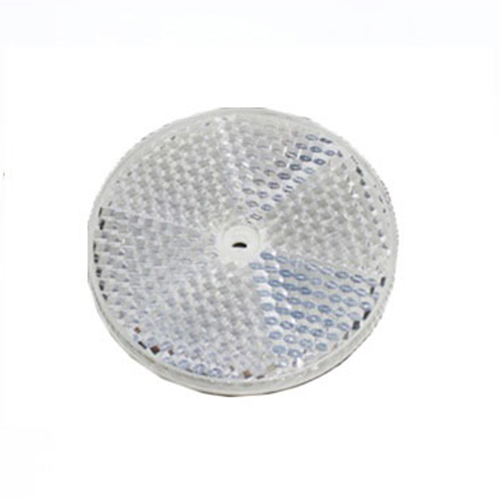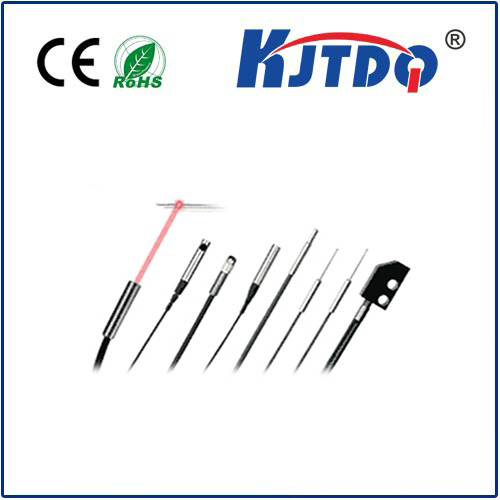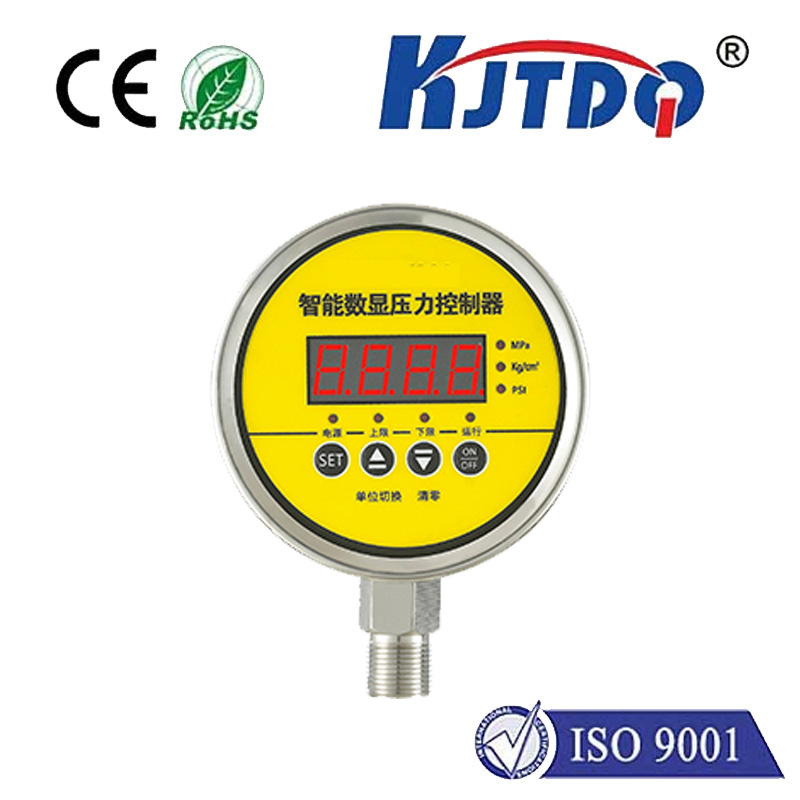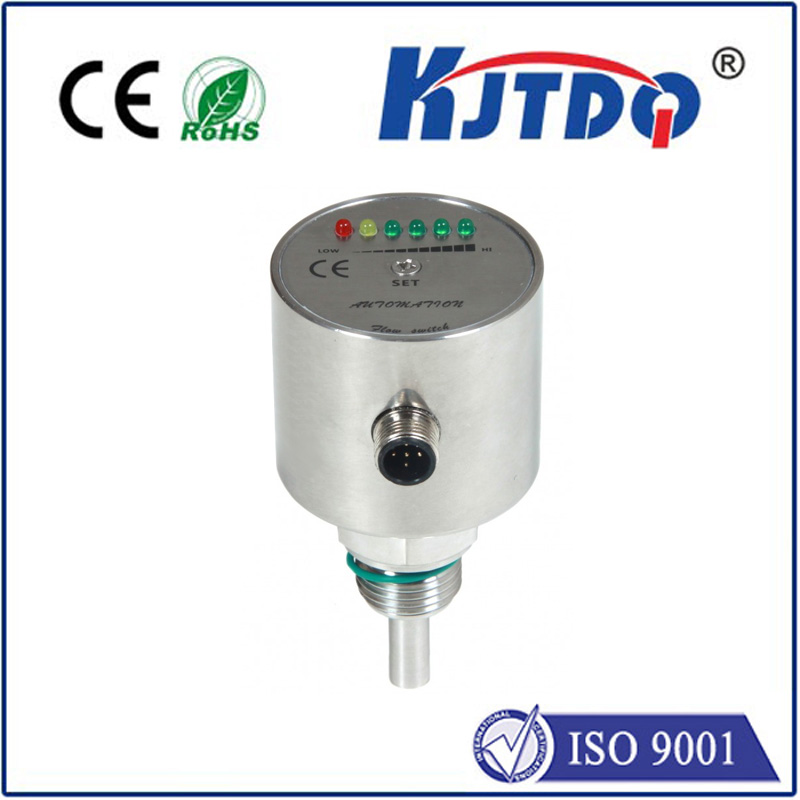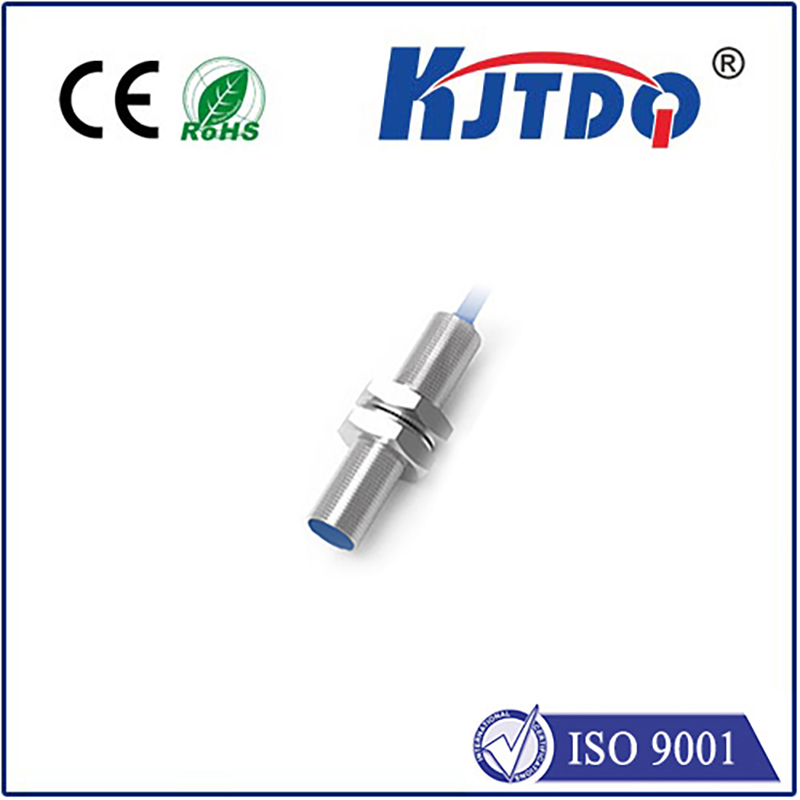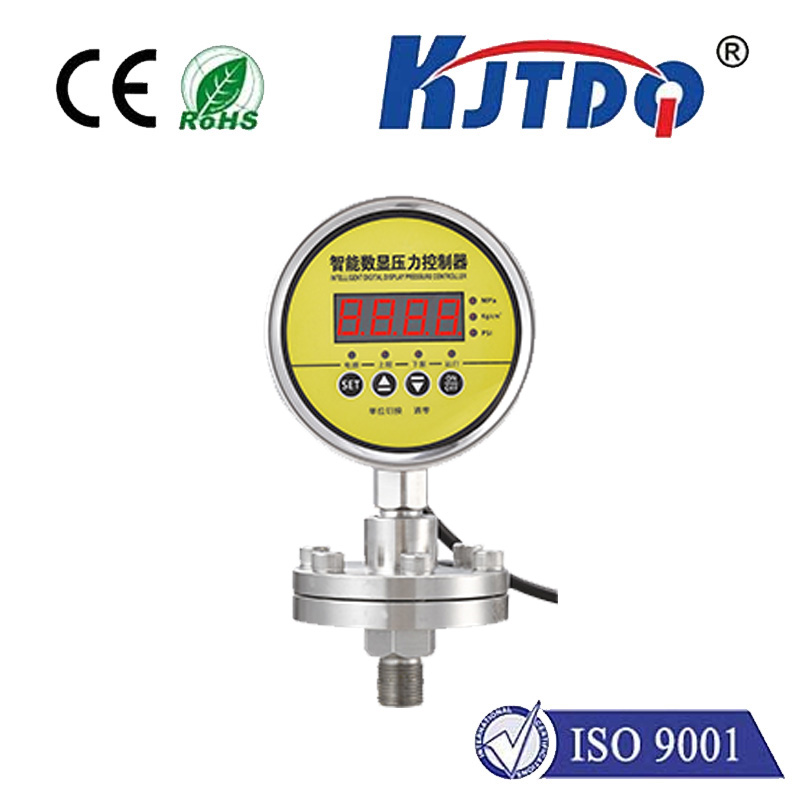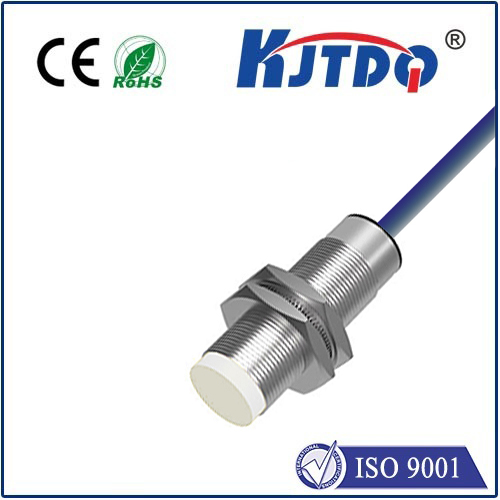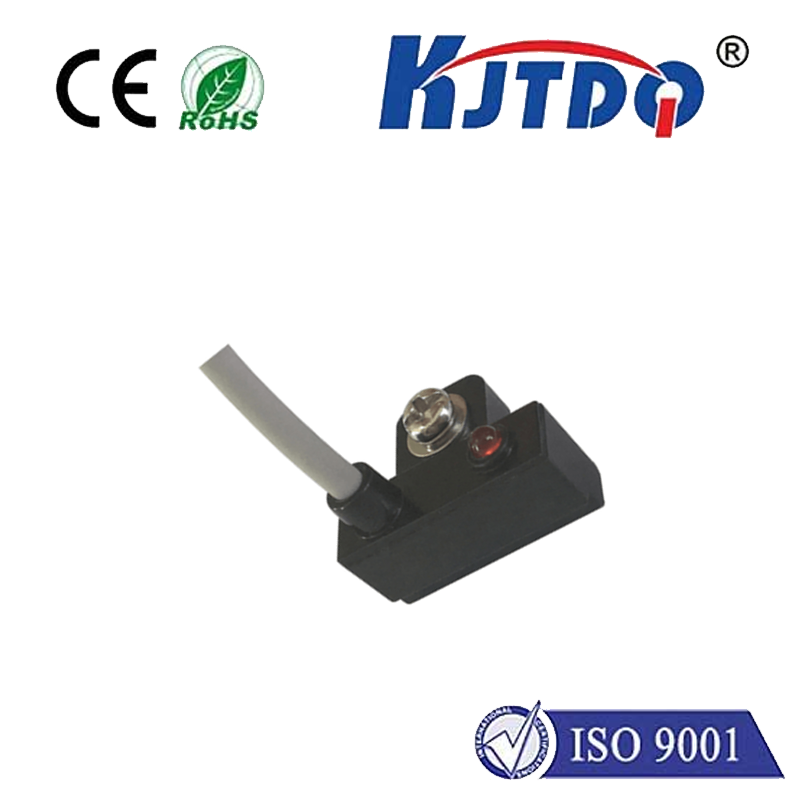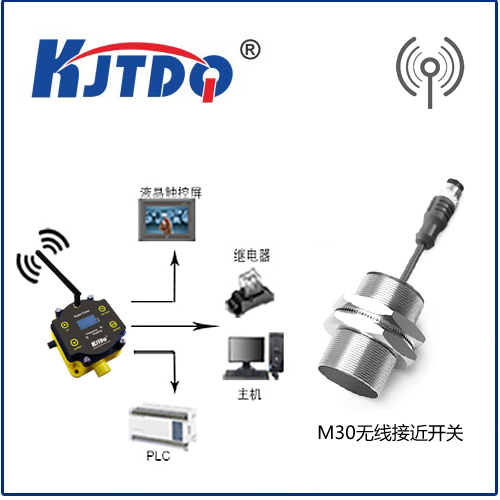u shaped photoelectric sensor
- time:2025-07-25 00:15:19
- Click:0
U-Shaped Photoelectric Sensors: The Unbeaten Choice for Precise & Reliable Object Detection
In the intricate dance of modern automation, knowing exactly where an object is – or isn’t – is fundamental. Whether it’s ensuring a bottle is properly filled on a high-speed line, verifying a component is present before a robotic arm welds, or counting items zipping down a conveyor, reliable object detection forms the bedrock of efficiency and quality control. Among the diverse arsenal of sensing technologies, the humble yet profoundly effective U-shaped photoelectric sensor stands out as a workhorse, offering a unique blend of simplicity, precision, and robustness that makes it indispensable across countless industrial and commercial applications.
So, what exactly is a U-shaped photoelectric sensor? Imagine a single, compact housing shaped like a “U”. Built into one arm of this U is an infrared (IR) light emitter. Directly opposite, in the other arm, sits a light receiver. The gap between these two arms forms the sensor’s detection zone. This self-contained design is the core of its advantage.
How It Works: Elegant Simplicity
The operating principle is beautifully straightforward:

- Emission: The emitter constantly transmits a beam of modulated infrared light across the gap to the receiver.
- Reception: Under normal conditions (no object in the gap), the receiver detects this uninterrupted beam and the sensor’s output remains in its default state (often “ON” or “OFF”, depending on configuration).
- Detection: When an object enters the gap, it physically blocks the light beam traveling from the emitter to the receiver.
- Signal Change: The receiver immediately registers the absence of the expected light signal.
- Output Trigger: This change prompts the sensor’s internal circuitry to switch its output state (e.g., from ON to OFF, or vice-versa). This output signal is then used by controllers (PLCs, robots, etc.) to trigger actions like stopping a conveyor, activating a mechanism, or incrementing a counter.
This method is known as the through-beam principle. Its key strength within the U-shaped design lies in having the emitter and receiver perfectly pre-aligned within a single, rigid housing. This eliminates the tedious and error-prone setup required when using separate emitter and receiver units, guaranteeing optimal optical alignment right out of the box.
Why U-Shaped Sensors Dominate Specific Applications
While other photoelectric sensor types (like diffuse reflective or retro-reflective) have their places, U-shaped sensors excel in scenarios demanding uncompromising reliability and high precision, particularly:
- Detecting Small Objects: The focused beam allows detection of very small items that might be missed by diffuse sensors or cause alignment issues with separate through-beam setups. Think tiny electronic components, thin wires, or small plastic caps.
- High-Speed Applications: The direct beam path enables incredibly fast response times, often in the microsecond range. This is crucial for counting rapidly moving objects on high-speed production lines or verifying parts on fast assembly machines.
- Challenging Environments: Their ability to detect based solely on beam interruption makes them largely immune to common challenges:
- Surface Finish/Color: Unlike diffuse sensors, they reliably detect transparent, shiny, matte, black, or white objects equally well – if the object blocks enough light, it triggers.
- Dusty/Dirty Conditions: While excessive build-up on the lenses can be an issue, airborne dust or light dirt within the gap generally doesn’t falsely trigger them like it might affect diffuse sensors.
- Background Interference: Since the receiver is only “listening” for the specific modulated signal from its dedicated emitter opposite it, ambient light or reflections from nearby surfaces rarely cause false triggers.
- Simplified Installation & Maintenance: No alignment hassles! This is perhaps the biggest practical advantage. Mounting a single unit is faster and easier than precisely aligning two separate units. This also makes them less prone to being knocked out of alignment during operation or maintenance.
Key Applications Where U-Shaped Sensors Shine
The unique advantages of the U-shaped photoelectric sensor translate into widespread use:
- Conveyor Systems: Object counting, presence/absence verification at critical points (e.g., before sorting gates or filling stations), jam detection, and detecting fallen objects.
- Packaging Machinery: Verifying flap closure on boxes, detecting labels, ensuring product is correctly positioned in trays or cartons, and cap/closure presence detection.
- Assembly Lines: Confirming component placement before a process (e.g., screw driving, welding, gluing), detecting missing parts, and verifying orientation of parts on pallets or fixtures.
- Printing & Paper Handling: Paper break detection, sheet counting, and verifying sheet presence in printers, copiers, or finishing equipment.
- Automated Machinery & Robotics: Providing precise position feedback for pick-and-place operations, verifying gripper closure (by detecting the gripper jaws themselves or a product within them), and safeguarding entry/exit points in guarded areas.
- Electronics Manufacturing: Detecting leads on PCBs, verifying insertion of components, and checking for tiny connectors or chips on feeders.
- Textile Industry: Thread break detection, fabric edge guiding (often using specialized versions), and loom monitoring.
The Compelling Benefits Summarized
Choosing a U-shaped photoelectric sensor brings a host of tangible benefits:
- Superior Precision: Excellent for detecting very small objects with high positional accuracy.
- High Reliability & Stability: Immune to object color, reflectivity, and background interference within its design limits. Resistant to environmental factors like dust and ambient light fluctuations.
- Exceptional Speed: Ultra-fast response times suitable for the most demanding high-speed automation tasks.
- Simplified Installation: Pre-aligned emitter/receiver within one housing eliminates tedious setup and misalignment issues. Plug-and-play operation.
- Robust Construction: Typically housed in durable materials (metal or tough plastic) designed to withstand industrial environments.
- Cost-Effective Operation: Low maintenance requirements and high reliability contribute to lower total cost of ownership.
Key Considerations When Selecting
While powerful, U-shaped sensors aren’t universal solutions. Keep these points in mind:
- Object Must Physically Interrupt Beam: The object needs to be large enough or positioned correctly to block the light path. Detecting objects that don’t fully enter the gap can be challenging.
- Gap Size Limitation: The physical size of the U limits the maximum size of objects that can pass through the gap and the depth at which an object can be detected within the gap. Sensor models come in various gap sizes (e.g., 5mm, 10mm, 20mm, 40mm).
- Lens Contamination: Dirt, oil, or debris accumulating on the emitter or receiver lenses will eventually block the light path, causing failure. Regular cleaning is essential in dirty environments. Some models offer features like lens surface monitoring to detect contamination buildup.
For tasks demanding fast, precise, and unwavering detection of objects passing through a defined aperture, the U-shaped photoelectric sensor consistently outperforms alternatives. Its combination of inherent reliability, immunity to surface variations, ruggedness












